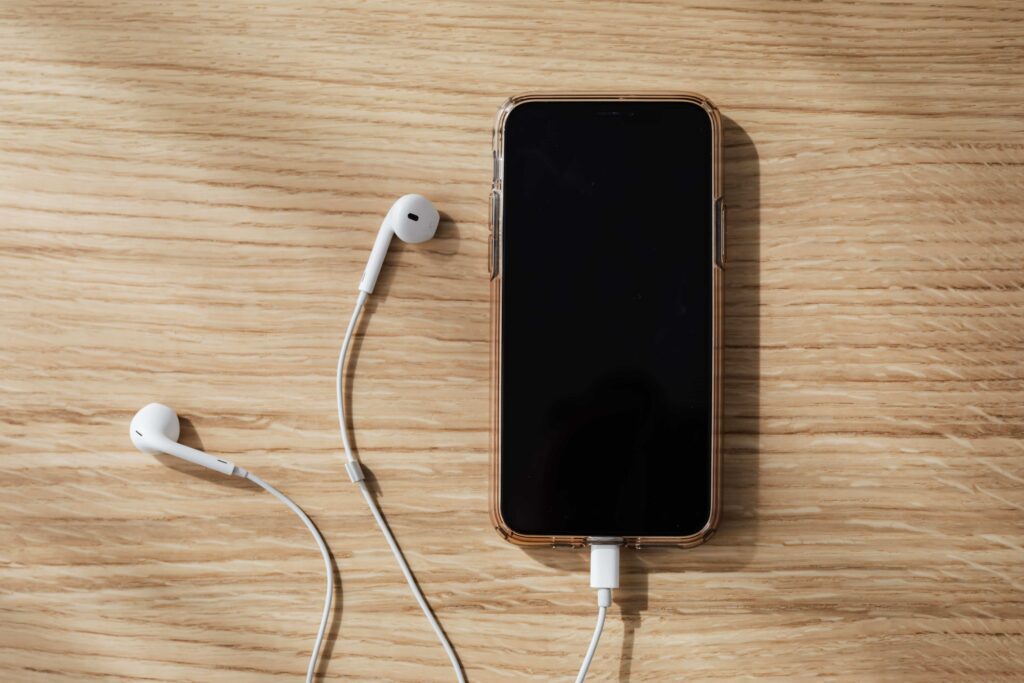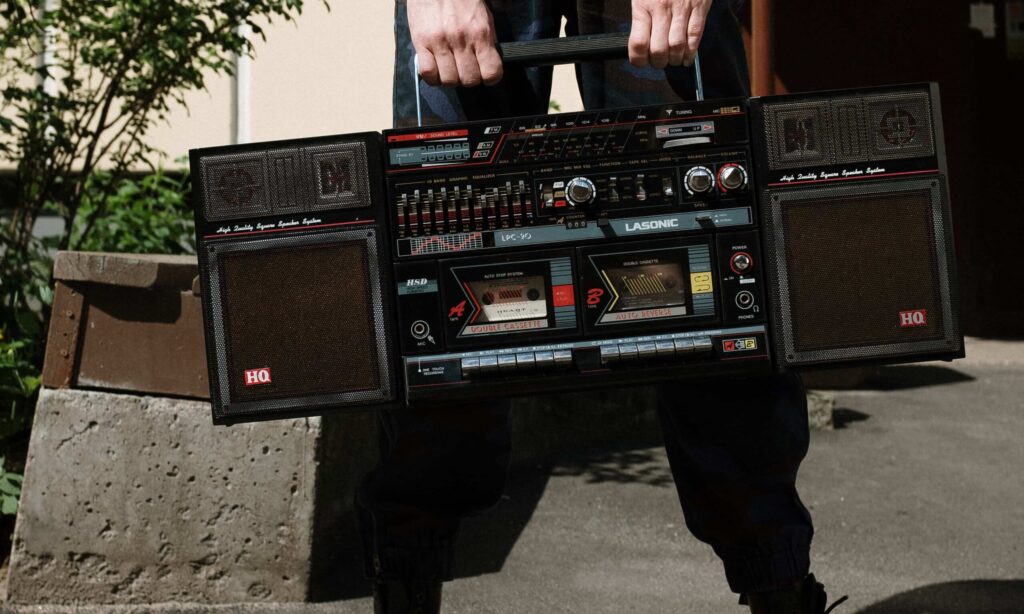|
Getting your Trinity Audio player ready...
|

Yes, we are living in an age of screens. Think of those moments without screens in your day. Your early morning run in the rhythm of your favourite workout tune or your morning commute while listening to your favourite podcast along with your playlist for cooking, making a mess with za’atar and garlic in the kitchen. You’ll be lying in bed listening to a relaxing mix that soothes your body to fall asleep at night.
If you’re feeling like this, don’t worry if this sounds familiar. You’re not the only one. Sixty-nine per cent of Gen Z and millennial Spotify listeners believe digital music is the soundtrack of their everyday lives.1 According to eMarketer’s estimates, people are likely to be more engaged with music on the internet than other digital media.
Advertisers are now looking more than ever at digital audio ad possibilities. But how do audio ads compare to radio ads? What kind of audio advertisements are out there? What is the effectiveness of audio advertisements? Find out more here.
Audio ads vs. radio ads
Radio isn’t going well; digital audio’s 5 per cent market share by 2022 indicates that it has overtaken radio’s popularity.3
The ads for audio appear on digital audio media, such as podcasts or music, allowing companies to reach audiences similar to radio. Beyond that, it is digital audio’s “digital” aspect of digital audio provides audio ads with the same level of effectiveness and accuracy that radio advertisements can’t match, for example:
- Analytics. Radio stations can provide advertisers with an estimation of the listeners. As listeners connect to Spotify, a streaming service, advertisers have an accurate picture of the people exposed to their advertisements and from where. This means that you’ll be able to determine your advertisement’s impact and optimize your advertising to maximize the impact.
- Targeting. Complete and accurate listener information can allow advertisers to adjust their target audience to the degree that the AM/FM broadcasting system can’t provide.
- Context. Listeners to Spotify consume media all day long. They do this across multiple devices, ranging from smartphones to televisions and game consoles. The data they collect is invaluable, as well as for advertisers finding the right context–the correct message, the correct setting, and the appropriate time is the three-in-one.
What’s the end product? Audio-based ads allow users to utilize hyper-relevant content to engage with their target audience at a level that radio advertisements can’t compete with.
Select your favourite preference.
In all of the ways, Digital audio advertisements look decent in terms of marketing for businesses. What’s the next step? As a Spotify advertiser, you could select three kinds of advertisements.
Audio advertisements. Spotify audio ads are 30- or 15-second long ads that run between tracks. Sometimes, they’re paired with a display ad that is visually appealing. Viewers can see the display advertisement that includes a call-to-action (CTA) when they interact with the Spotify application during a commercial break.
Podcast ads. Spotify podcast ads play during podcasts. They can be anywhere between 30 seconds to 60 seconds in duration. The podcast host or voice actor reads out the advertisement in loud.
- The host read ad creates a deep emotional connection to those who listen since the message is from someone they trust and can trust. How you read in a manner that people are comfortable with will also provide a continuous listening experience.
- Voice-read ads are recorded voice-overs by voice talents customised to fit a podcast’s environment. The ad can be used to be scaled across multiple listeners and shows.
Spotify’s Streaming Advertisement Insertion (SAI) technique ensures that your advertisement for podcasts appears on podcast episodes. Spotify O&E podcasts as listeners are streaming them. As a result? The ad is played in real-time and not as an episode that listeners may or not be able to hear the entire episode. Card CTAs will enhance your podcast’s ad by making it more engaging.
Video advertisements. Spotify video ads can run independently or in conjunction with audio advertisements. Contrary to other platforms, which have video ads that are usually blocked, the video ads on Spotify are major benefit listeners can interact via Spotify by turning on the sound and up.
Additionally, the video will play only if users gaze at the application. So, if you select the video ads on Spotify, it is guaranteed that your advertisement will be displayed only if the app is visible.
Two types of ads for a video that you should consider:
- Video Takeover ads are displayed while a user is exploring the Spotify catalogue. They give an ad with the highest viewability.
- Sponsored Sessions ads kick off Spotify’s 30-minute ad-free listening sessions that deliver your message through a complete voice-over share-of-voice.
Additionally, video ads can be used with audio ads to produce amazing outcomes. The technology behind ads on Spotify is fueled by the user’s context, meaning we optimize the time to display videos and the time to display an audio ad depending on how a user interacts with the application. The audio ads are served while listeners stream and are not paying attention to their screens, and we serve video ads only when people focus on their screens. Create an audio-video ad campaign using Ad Studio to ensure your message gets noticed and heard.
Audio advertisements work. Here’s why.
Let’s start with numbers. Listeners are paying attention: At the end of September 2022, Spotify was at 456 million users worldwide (up 20 per cent year-on-year), out of which 274 million of them were paid-for MAU (up 24 per cent YoY)–with an increase of 19 per cent YoY.4
However, what’s most important is not how many people listen to music but how they’re doing it: doing their workouts and studying at the office while commuting to work or cooking, partying, or even snoring. Spotify’s Streaming Intelligence harnesses the context of listeners’ patterns to help you gain insight into your customers that demographic analysis alone cannot provide.
The insights are the basis for Spotify’s distinctive context-based audience targeting that lets advertisers create advertisements matched to your users’ audio experiences. For instance, imagine an ad for cookware playing as the listener listens to a playlist for cooking you’ve put together. A similar ad could be for a yoga retreat or an episode of a podcast on mindfulness. By using audio ads on digital media, they send a message that blends seamlessly into the environment of your target audience.
The precise targeting of digital and online audio ads creates audio advertisements as a potent media that advertisers can utilize to engage with the public.



